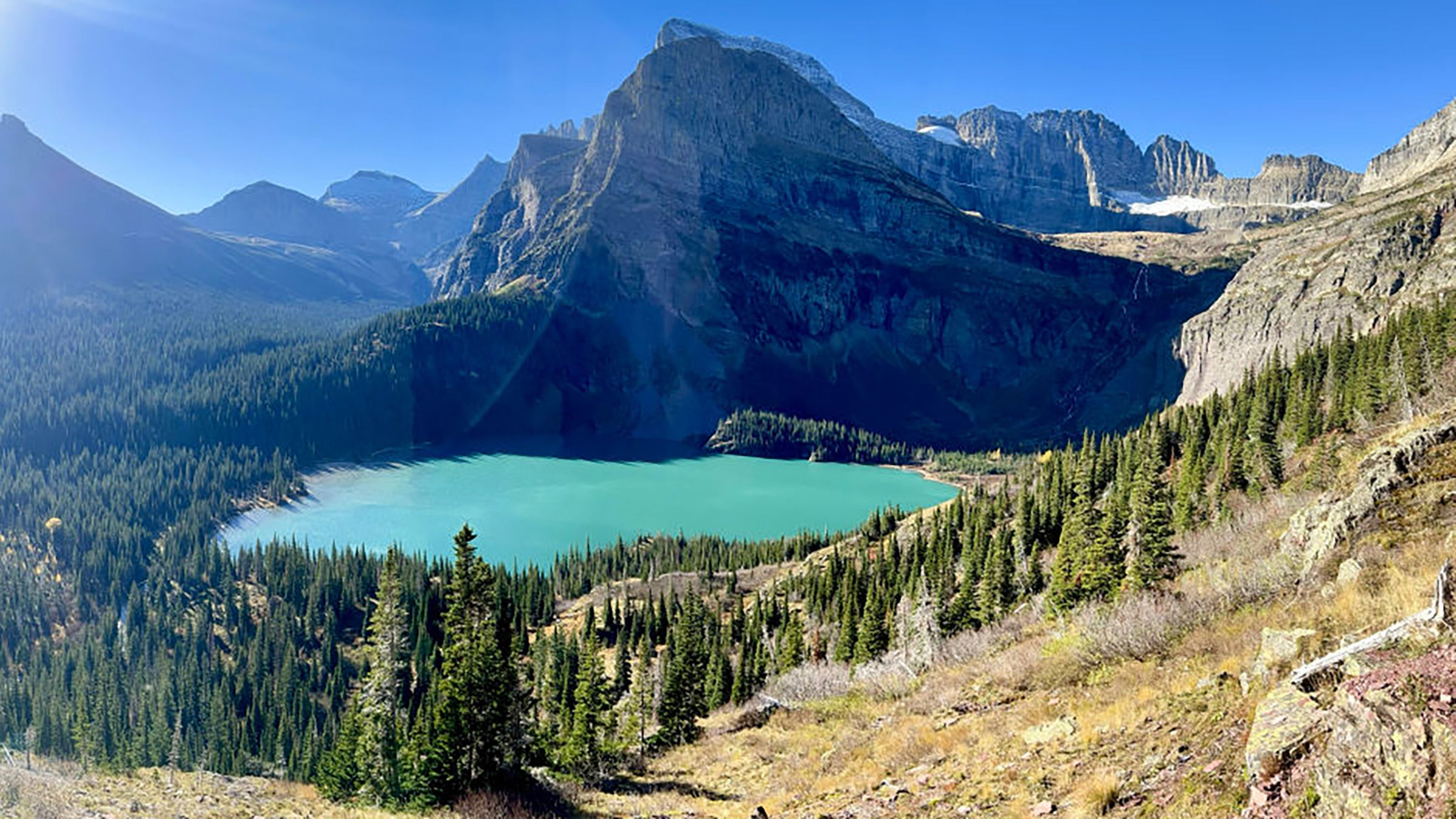In an , President Donald Trump has mandated an increase in entry fees for all international visitors to U.S. national parks.
The order, titled “Making America Beautiful Again by Improving Our National Parks,” requires that Secretary of the Interior Douglas Burgum increase both entrance fees and recreation pass fees for nonresidents, and use the resulting funds to “improve the infrastructure of, or otherwise enhance enjoyment of or access to,” federally managed recreation areas. According to a published by the Department of the Interior (DOI) in May, the scheme will raise as much as $90 million for national parks and other federally managed public lands.
The order did not specify the increase in price. National parks currently charge different rates, and only around 100 sites managed by the National Park Service—which also oversees national monuments, historic sites, seashores, and other public lands—require an admission fee to enter.
The executive order specifies that the fee increase will only apply to parks that currently charge admission, but some parks have a nuanced fee structure. Smoky Mountains National Park, for example, does not technically charge entrance fees, but parking anywhere inside the park for more than 15 minutes costs $5.
However, based on the language in the White House order, although fee increase may vary park-to-park, all national parks are now required to have some margin of difference between the rates charged to U.S. citizens and foreign visitors. In addition to the fee increases, the executive order also requires that action be taken to “grant American residents preferential treatment” in other competitive access scenarios, such as permit lotteries.
The idea to increase fees for foreign tourists is the brainchild of Property and Environment Research Center (PERC), a think tank based in Montana. In 2023 a PERC economist, Tate Watkins, suggesting that a $25 surcharge on all foreign park visitors could raise $330 million annually for the beleaguered park service. PERC went on to include Watkins’ idea in a paper published in March: 10 Ideas for the Interior Department.
The plan to increase park fees comes as the National Park Service budget has been gutted by budget cuts even as admissions surged to a record high of 331 million last year, up 6 million from 2023. According to , roughly 14.6 million foreign tourists will visit at least one national park during their trip, so the increased fees could impact around 4.4 percent of all park visitors.
In an interview in June, Watkins told �����ԹϺ��� that “If your goal is to make sure national parks have the resources they need to be stewarded properly now and for future generations, the entry fee structure is the lowest hanging fruit.”
While historically U.S. national parks have charged the same rates to nonresidents and residents alike, in other countries it’s common—in fact, it’s arguably the norm—for national parks to charge an increased entry fee for foreign visitors. South Africa’s Kruger National Park charges around $30 for foreign tourists, while locals can enter for just $7. In other countries, the margins are even higher. At Ecuador’s Galápagos National Park, foreigners pay $100 to enter, while Ecuadorian citizens are only charged $6.
Watkins also noted in his report that, “the idea of differential pricing for outdoor recreation has relevant precedents elsewhere in the United States,” as well. “For example, it’s standard practice for state fish and wildlife agencies to charge different prices for residents and non-residents to hunt and fish.”
“The American family is actually paying more than the international tourists,” Watkins argued, “because Americans already contribute a small portion to the National Park Service budget through taxes.”
Critics theorize that an in fees might deter visits from foreign travelers, but Watkins and PERC believe this is unlikely, citing a that estimated raising entry fee for vehicles at Yellowstone National Park from $30 to $70 would only decrease visitation from foreign visitors by 0.07 percent. “For people traveling from overseas, it’s a tiny slice of their overall budget,” Watkins said.


